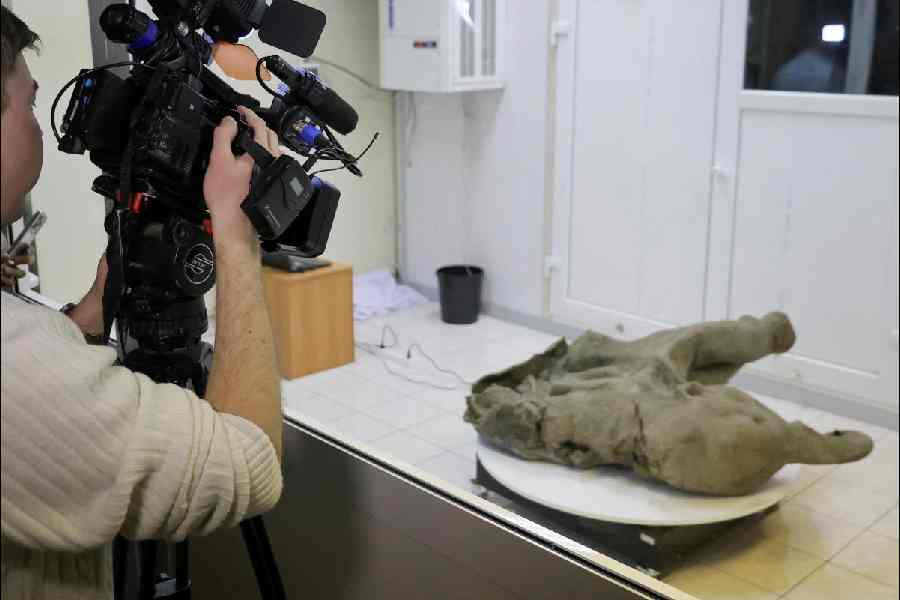The creation stories of the Anangu people are sacred. Some can be shared only with men, some only with women. Some are revealed, layer by layer, as an Anangu grows and matures. Outsiders can be told only what a tjitji, or child, would hear.
Many of those stories reside in the geology of Uluru, the otherworldly red rock in the heart of Australia. For years, the Anangu have asked those who trek to the giant monolith to take them at their word that it is a holy place and should not be climbed. “This is our home,” a sign at the base says. “Please don’t climb.”
On Saturday, that gentle plea will give way to an official ban on ascending Uluru, a national symbol whose auburn folds have graced countless postcards, tourism ads and selfies.
It is a spiritual and psychological victory for an Aboriginal people who waged a decades-long campaign, anguished over the physical danger and cultural harm of the climb.
It is also a once-unimaginable act of deference to a marginalised population, one with potential effects for the vital tourism industry in one of the country’s most famous national parks.
But, as with much of Indigenous life in Australia, there are two sides to the climb’s closing.
While most Australians support the Anangu’s decision, climbers have flocked to Uluru, also known as Ayers Rock, in recent months in numbers not seen for more than 15 years. On Friday, the last day of climbing, hundreds of people lined up to scale the rock. The flood of climbers is a reminder that a segment of the population remains resistant to some of the decisions Indigenous people make when ownership of land is returned to them.
“The question that hovers over all of this is why should the Anangu have to justify their rules?” said Tim Rowse, a historian and emeritus professor at Western Sydney University. “People who say they accept ownership without accepting control have not really considered what the word ‘ownership’ means.”
Celebrated as the closing has been as a landmark for Aboriginal people, it also points to the limits to Australia’s efforts to right its historical wrongs against them. It is a partly symbolic gesture that does nothing to address the myriad social problems endured by Indigenous Australians.
Many of the Anangu themselves live in a trash-strewn community near the rock that is closed to visitors, a jarring contrast to the exclusive resorts that surround the monolith, where tourists seated at white tablecloths drink sparkling wines and eat canapés as the setting sun turns Uluru a vivid red.
Those tourists point to other dualities, too. While Uluru is so sacred to the Anangu that there are certain parts that they do not want photographed or even touched, they welcome the visitors who tool around its base on camels or Segways, or take art lessons in its shadow.
Then there is the challenge that comes with making the case that the rock is sacred without being able to say why. Jennifer Cowley, the author of a book that traces the history of the Anangu people, said they were “stuck in a no-man’s land”.
“They can’t tell you the secrets it holds, because then they’d be breaking their traditional law, and if they break their traditional law, they’re rubbishing their inheritance,” Cowley said.
Sammy Wilson, an Anangu who recently stepped down as the chairman of the board that manages Uluru’s national park, explained the situation with a modern analogy.
“It’s like a big house,” he said in a recent interview at Uluru-Kata Tjuta National Park. “If you open the door, you come into the lounge, come and learn. We can talk about anything. But you can’t come into my bedroom. That’s sacred.”
Wilson said he did not want people to stop visiting Uluru, just to leave its sacred sites alone. “Some people come only to climb,” he said. “We want to teach them how we live, learn how our traditions work, see how it’s about the wide-open country and how it’s all connected.”
During a recent visit to Uluru, it was clear that many people had come with a primary mission of climbing. People in jeans sweated profusely, clinging to the rock as they stumbled down the ridge. Many chose to descend its steep face backward, clinging to a low-set chain link. Some did it on all fours.
One man in his thirties collapsed at the top, his children watching him as he slowly rehydrated and made his way down.
Jana Johnson, 32, had driven 1,700 miles from Rockhampton, near the coast in Queensland, with her family and two others. They, too, were there only to climb.
“We’ve been planning this for 12 months,” she said.
They had no inclination to walk around the park or visit the cultural centre. If they could not climb, they said, they would get back on the road.
They had been waiting since morning for park officials to unlock the gate that opens intermittently to allow people to clamber up the steep ridge of the rock for the three-hour climb.
Some people who say the rock should remain open to climbing argue that it is part of a national park and therefore should belong to everyone. And there are those who discount the indigenous claims that climbing the rock offends their laws, pointing to photos from decades ago showing indigenous guides leading white people up Uluru.











